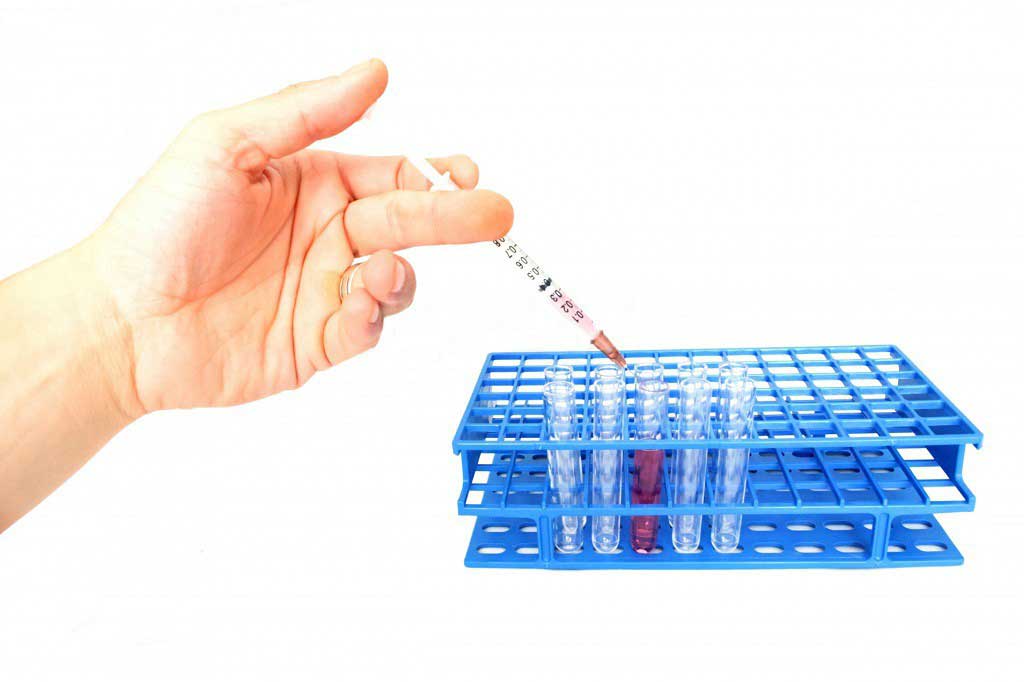Coronary angioplasty
Alternatives to angioplasty and a stent
The most widely used surgical alternative to a coronary angioplasty is a coronary artery bypass graft (CABG).
Coronary artery bypass graft
A Heart bypass is surgery to bypass a blockage in an artery. This is doneusing segments of healthy blood vessel, calledgrafts, taken from other parts of the body.
Segments of vein or artery from your legs, arms or chest are used to create a new channel through which blood can be directed past the blocked part of the artery. This allows more blood to get through into the heart muscle.
Complications of CABG are uncommon, but are potentially serious.
They include:
- a heart attack estimated to occur in one in every15-50 cases
- a stroke estimated to occur in one in every 50 cases
A CABG is usually recommended when multiple coronary arteries have become blocked and narrowed. However, it's invasive surgery so may not be suitable for people who are particularly frail and in poor health.
A CABG may also be used if the anatomy of the blood vessels near your heart is abnormal becausea coronary angioplasty may not be possible in these cases.
Which procedure is best?
You may not always be able to choose between having a coronary angioplasty or a CABG, but if you are it's important to be aware of the advantages and disadvantages of each technique.
As a coronary angioplasty is minimally invasive, you'll recover from the effects of the operation quicker than you will from a CABG. Coronary angioplasty usually has a smaller risk of complications, but there's a chance you'll need further treatment because the affected artery may narrow again.
However, the number of people who need further surgery has fallen because of the use of drug-eluting stents.See how a coronary angioplasty is performed for more information about these.
CABG has a longer recovery time than coronary angioplasty and a higher risk of complications. However, only one person in 10 who has a CABG requires further treatment. Also, some evidence suggests that CABG is usually a more effective treatment option for people who are over 65 years of age and particularly for people with diabetes .
You should discuss the benefits and risks of both types of treatment with your cardiologist and cardiac surgeon before making a decision.
Alternative types of coronary angioplasty
If a conventional coronary angioplasty is unsuitable because the deposits in your coronary arteries are very hard, you may be offered a different type of angioplasty procedure that involves destroying or cutting away these deposits.
Examples of this type of procedure include:
- percutaneous transluminal coronary rotational atherectomy (PTCRA) where a small rotating device is used to remove the fatty deposit
- percutaneous laser coronary angioplasty where a laser is used to burn through the fatty deposit
These proceduresare usually used when the coronary artery has a high level of calcium in it. Calcium makes the artery very hard and can prevent balloons or stents expanding properly to relieve the narrowing.
Once the deposit has been removed, the artery is treated with balloons and stents as during a conventional angioplasty procedure.
Introduction
A coronary angioplasty is a procedure used to widen blocked or narrowed coronary arteries. If the flow of blood to the heart becomes restricted, it can lead to chest pain known as angina.
How is a coronary angioplasty carried out?
You will usually have an appointment to assess your health a few days before having a coronary angioplasty. you may also have blood tests and a general health check to ensure you're suitable for surgery.
Recovering from an angioplasty
After having a planned (non-emergency) coronary angioplasty, you'll normally be able to leave hospital the same day or following day. Arrange for someone to take you home.
Risks of an angioplasty
As with all types of surgery, coronary angioplasty carries a risk of complications. However, the risk of serious problems is small. Your cardiology team can give you more information about your individual circumstances and level of risk.
Alternatives to angioplasty and a stent
The most widely used surgical alternative to a coronary angioplasty is a coronary artery bypass graft (CABG). Which is usually recommended when multiple coronary arteries have become blocked and narrowed.
Patient story: "I suddenly felt like I was being kicked in the chest."
Lynn Connor had a coronary angioplasty after she had a heart attack. A quick diagnosis and treatment saved her life.







 Subscribe
Subscribe Ask the doctor
Ask the doctor Rate this article
Rate this article Find products
Find products